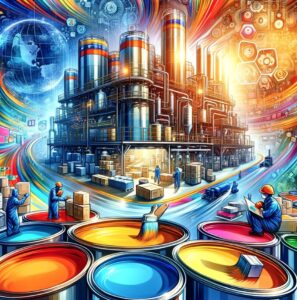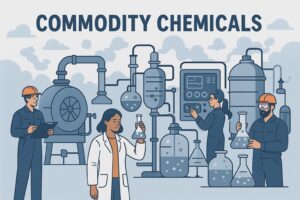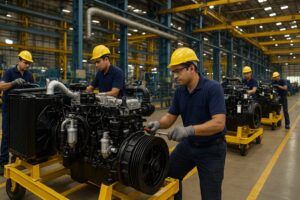Asian Paints:Asian Paints demonstrated robust financial performance in the third quarter of the fiscal year 2023-24. The company’s consolidated sales saw a 5.4% increase, reaching ₹9,074.9 crores, compared to ₹8,607.5 crores in the same period the previous year. The growth was notably strong in both the decorative and industrial coatings segments, with a combined value growth of 6.1%. The decorative business specifically enjoyed a 12% volume growth and a 5.5% value growth. This was attributed to positive performances in the luxury and economy segments and was buoyed by the extended festive season, although there was some moderation in demand later in the quarter.
Asian Paints also experienced growth in its international operations, especially in the Middle East and Africa, despite facing macroeconomic challenges and inflationary pressures in certain geographies like South Asia and Egypt. The company’s profit before depreciation, interest, tax, and other income (PBDIT) increased significantly by 27.6% to ₹2,056.1 crores, and its profit before exceptional items and tax grew by 33.1% to ₹1,967.8 crores.
For the industrial business, Asian Paints reported substantial growth as well. Its sales in the industrial segment showed a significant rise, particularly in the automotive and general industrial coating businesses, which demonstrated robust revenue growth and profit margins.
Overall, Asian Paints’ financial indicators reflect a strong quarter with growth across various segments, supported by strategic operational efficiencies and favorable market conditions. These results highlight the company’s resilience and adaptiveness in a competitive market




